Moyamoya Syndrome In Adults
Moyamoya syndrome in adults. Moyamoya Disease and Moyamoya Syndrome. There are two times the disease incidence peaks. In adults the most common symptoms include bleeding in the brain hemorrhagic strokes.
Moyamoya disease affects children primarily although it can also affect adults. It is associated with progressive occlusion of the terminal internal carotid arteries and the formation of a fine network of neovascularization referred. He moyamoya syndrome is a cerebrovascular condition that predisposes affected patients to stroke in association with progressive steno - sis of the intracranial internal carotid arteries and their proximal branches.
The term moyamoya is Japanese and refers to a hazy puff of. Females and people of Asian ethnicity have a higher risk of moyamoya disease and research studies show a genetic link. Moyamoya disease is a rare progressive cerebrovascular disorder caused by blocked arteries at the base of the brain in an area called the basal ganglia.
The syndrome can also be unilateral or bilateral 4. Patients with moyamoya angiopathy MMA are known to have an increased risk of impaired executive function dysexecutive cognitive syndrome DCS. Moyamoya angiopathy is characterized by a progressive stenosis of the terminal portion of the internal carotid arteries and the development of a network of abnormal collateral vessels.
The first symptom to appear in children is often stroke or recurrent transient ischemic attacks or TIAs often referred to as mini-strokes accompanied by paralysis or muscular weakness that affects on side of their body or seizures. Moyamoya disease may present differently in adults and children. Moyamoya disease can occur in children and adults.
Most commonly at about 10 years of age in children and between ages 30 to 50 in adults. Evidence of a correlation to affected vascular territories is low. Moyamoya syndrome is diagnosed when moyamoya disease occurs with another disease entity such as atherosclerosis neurofibromatosis type 1 von Recklinghausen disease sickle cell disease Downs Syndrome hyperthyroidism or in the setting of prior radiotherapy to the head or neck 4.
Mortality rates from moyamoya disease are approximately 10 in adults and 43 in children. This chronic cerebral angiopathy is observed in children and adults.
Most commonly at about 10 years of age in children and between ages 30 to 50 in adults.
N Engl J Med 2009. The first symptom to appear in children is often stroke or recurrent transient ischemic attacks or TIAs often referred to as mini-strokes accompanied by paralysis or muscular weakness that affects on side of their body or seizures. Females and people of Asian ethnicity have a higher risk of moyamoya disease and research studies show a genetic link. Moyamoya Disease Moyamoya disease is often diagnosed in children 10 to 14 years old or in adults in their 40s. About 50-60 of affected individuals experience a gradual deterioration of. Moyamoya disease can occur in children and adults. Numbers of moyamoya patients with DCS vary strongly in the literature. Moyamoya also known as Spontaneous Occlusion of the Circle of Willis is an uncommon cerebral vasculopathy. The term moyamoya is Japanese and refers to a hazy puff of.
Michael Scott MD and Edward R. Moyamoya Disease and Moyamoya Syndrome. It is characterized by the narrowing stenosis andor closing occlusion of the carotid artery inside the skull a major artery that delivers blood to the brain. Mortality rates from moyamoya disease are approximately 10 in adults and 43 in children. Patients with moyamoya angiopathy MMA are known to have an increased risk of impaired executive function dysexecutive cognitive syndrome DCS. In adults the most common symptoms include bleeding in the brain hemorrhagic strokes. There are two times the disease incidence peaks.

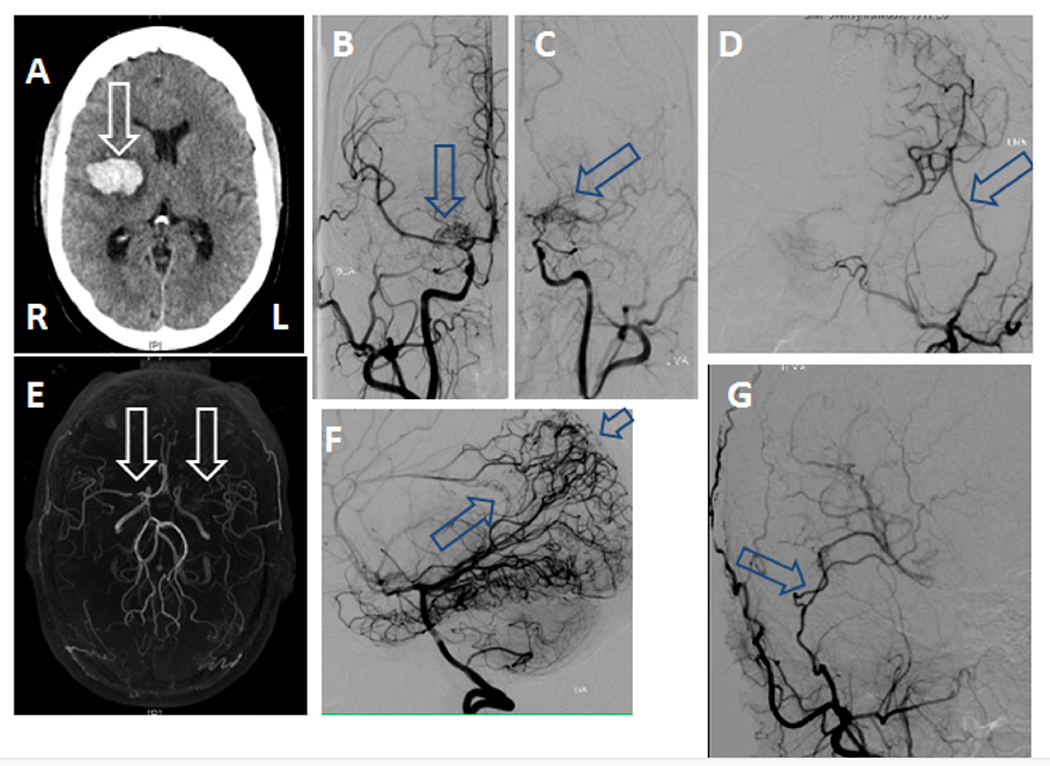





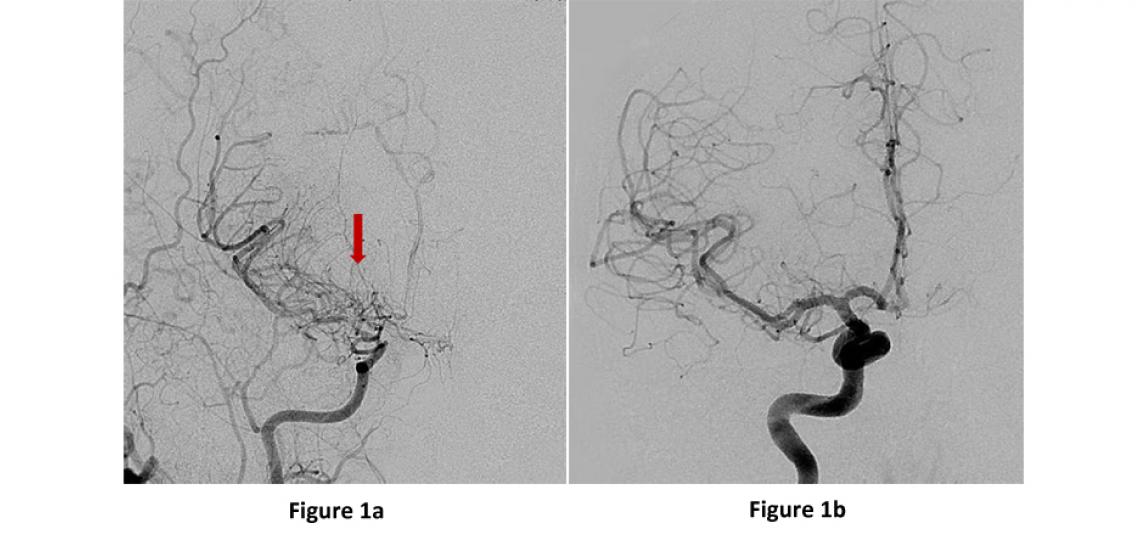



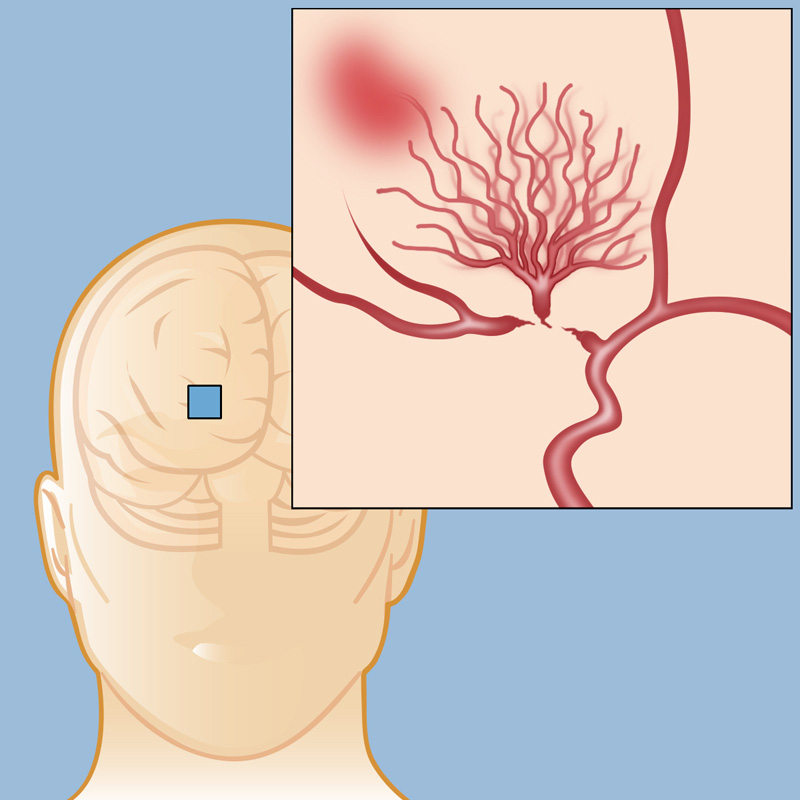
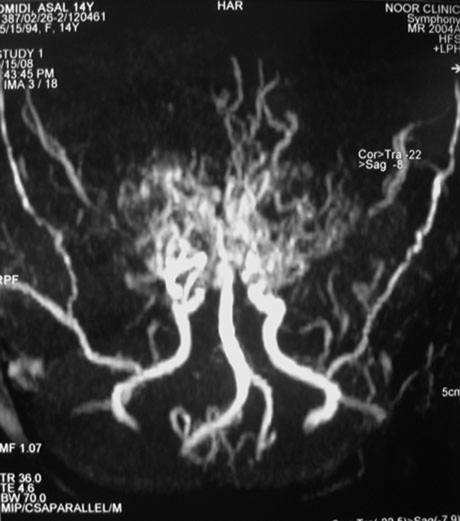
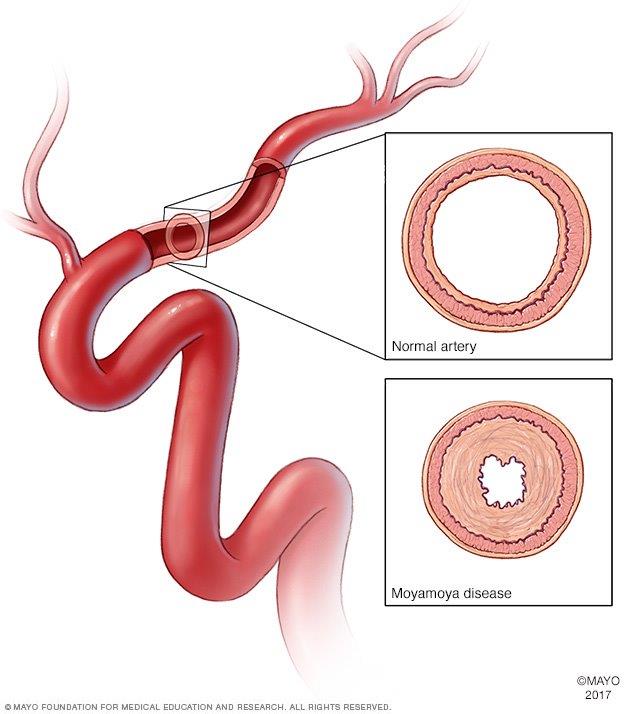






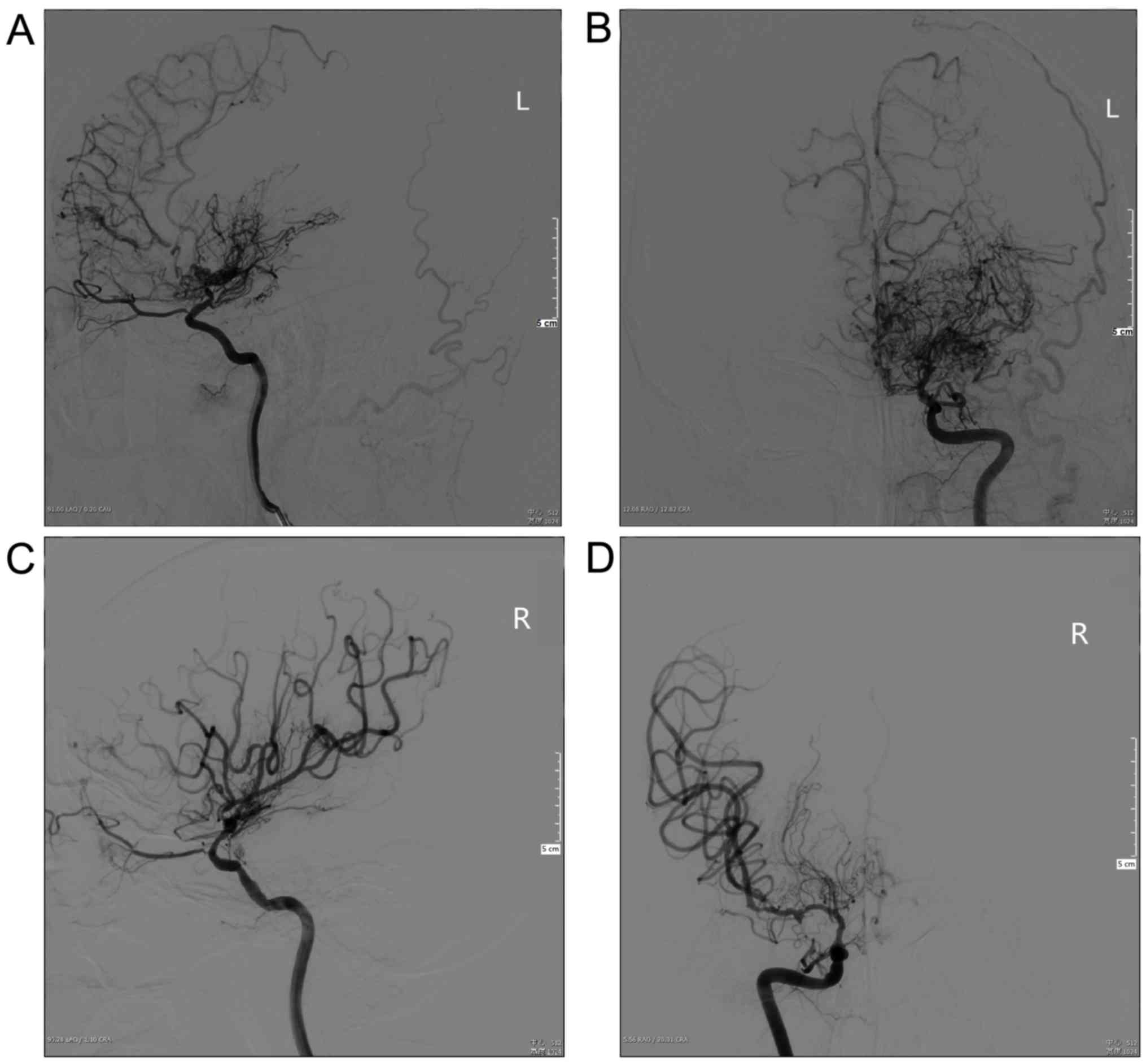

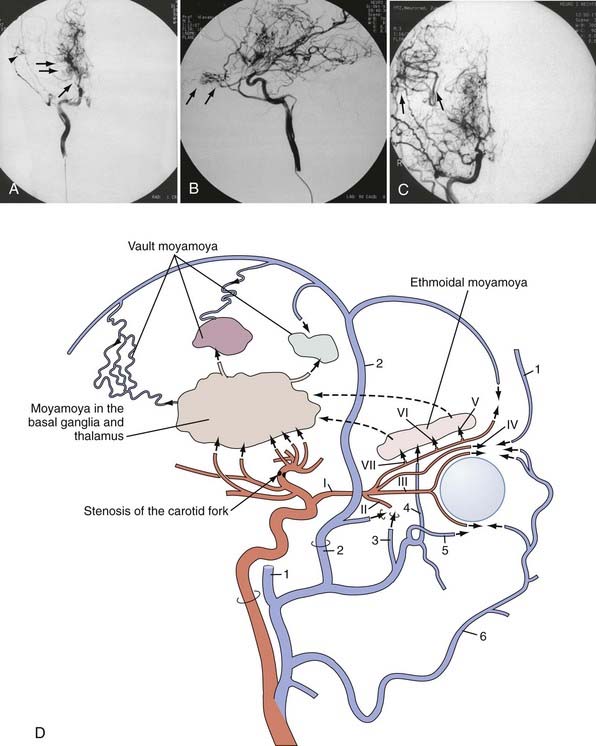


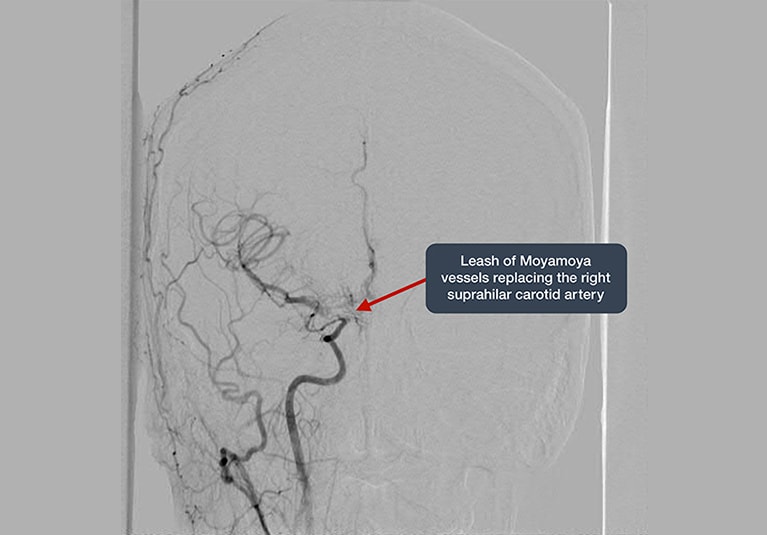
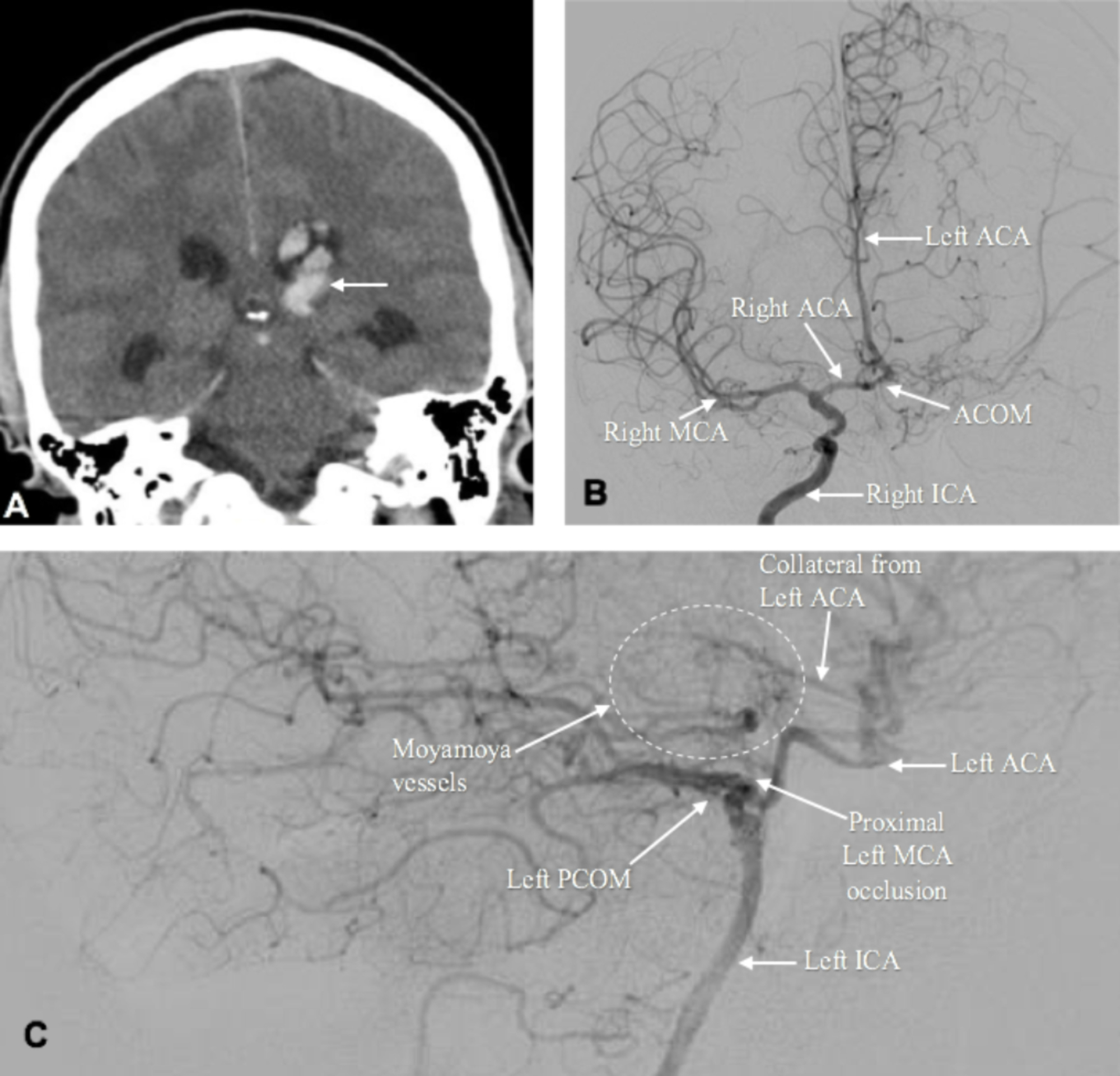
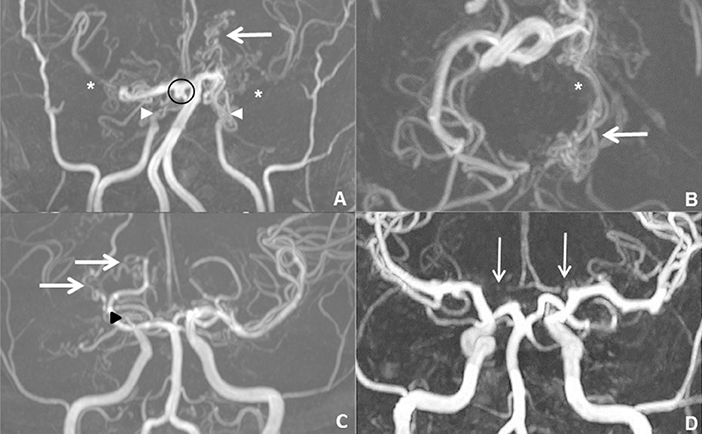

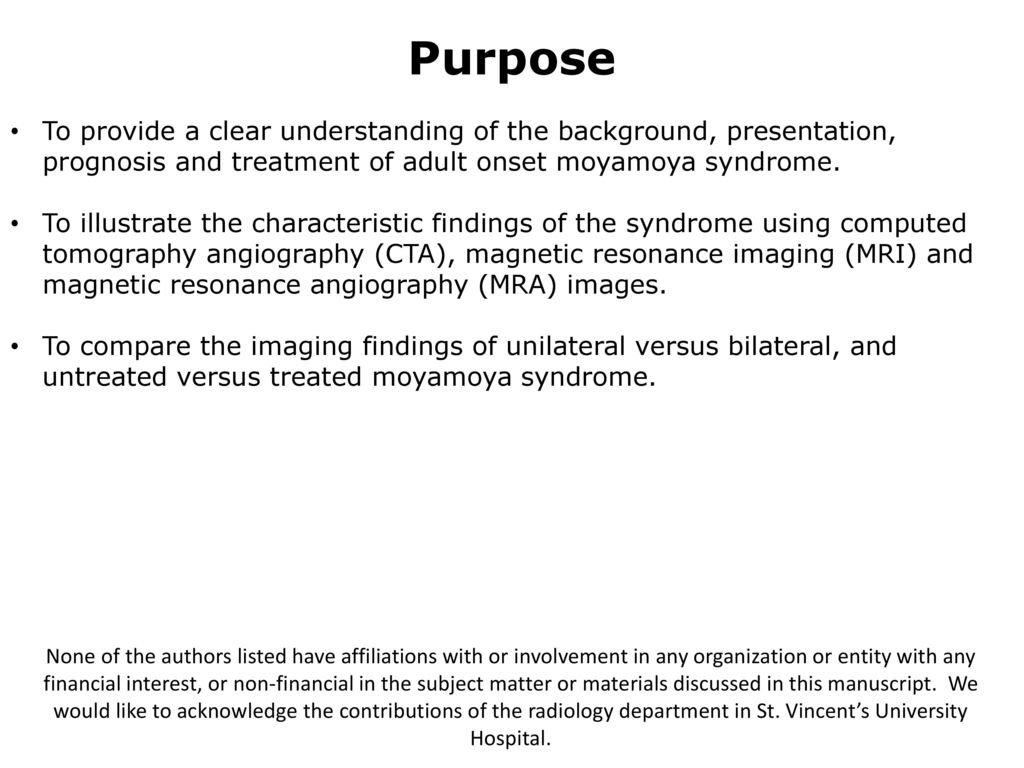




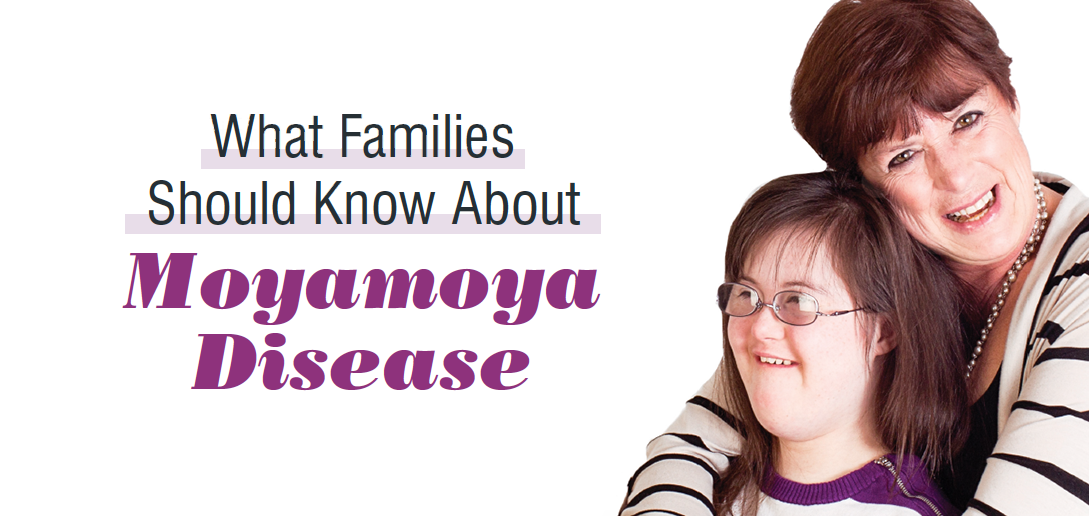




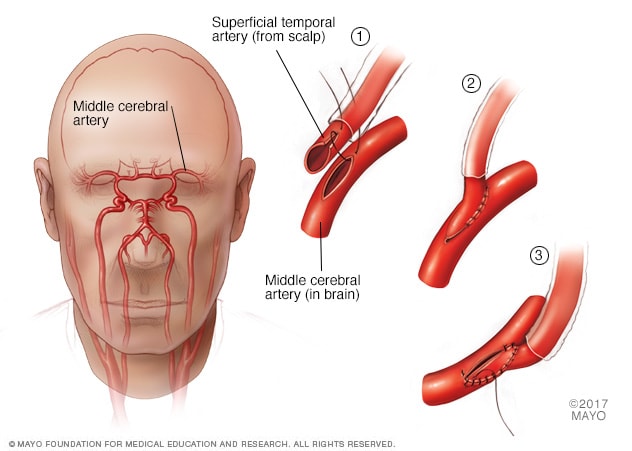


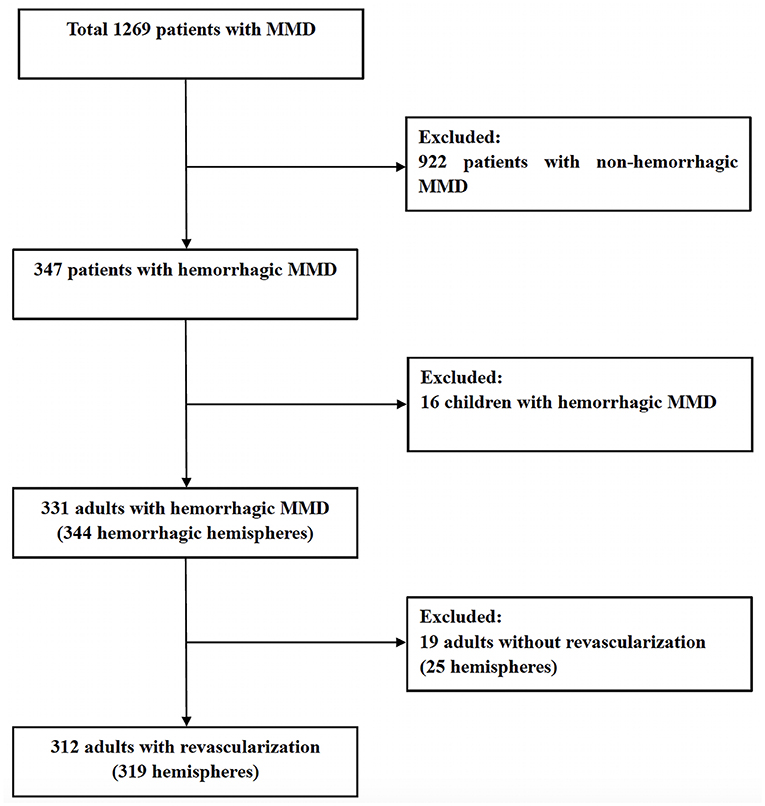

Post a Comment for "Moyamoya Syndrome In Adults"